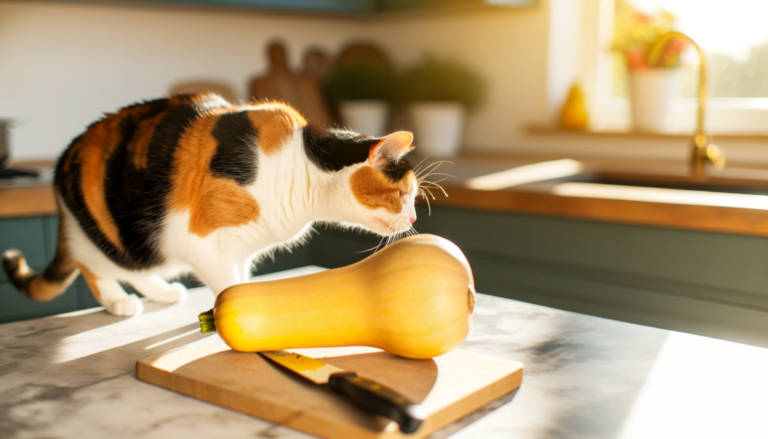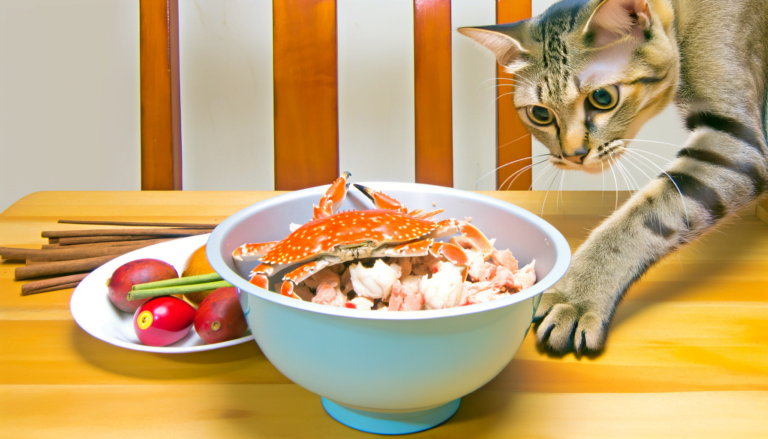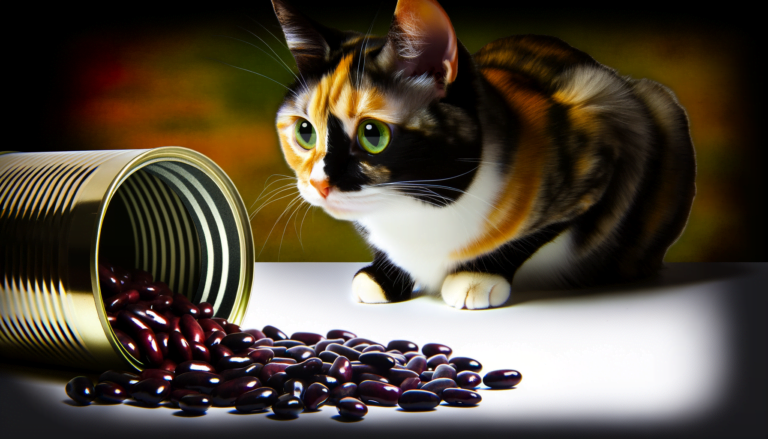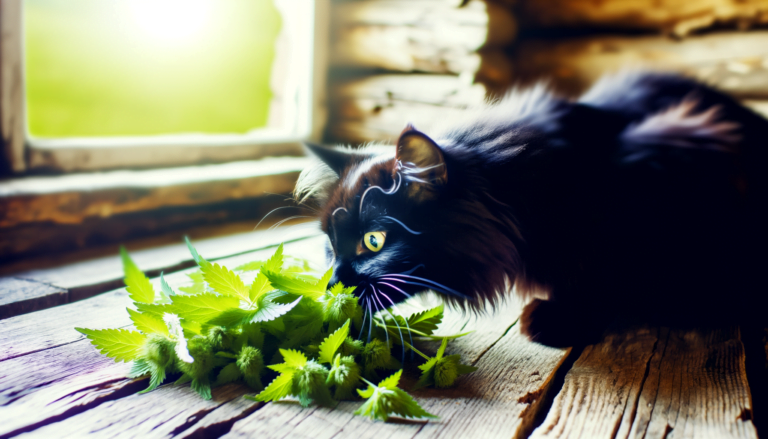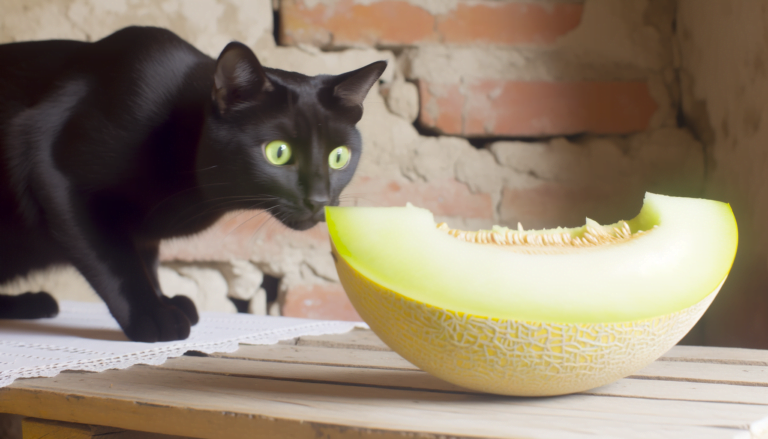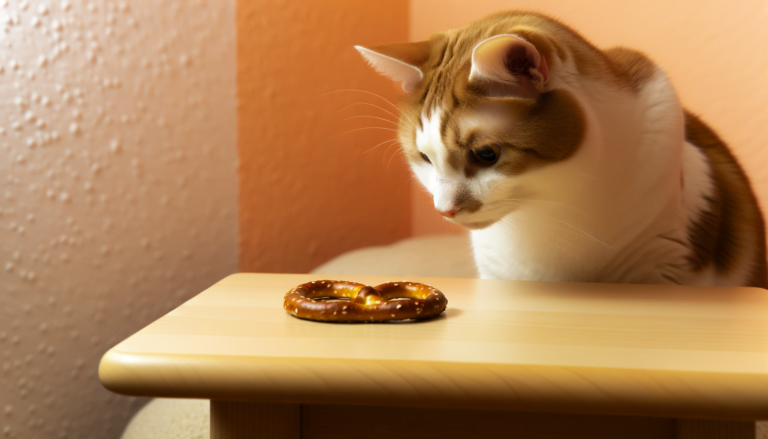Crustacean Conundrum: Can Cats Safely Dine on Crab?
Yes, cats can eat crab as it is a good source of protein, but it must be served in moderation. Pure, unseasoned, cooked crab could be safely added to your feline friend’s diet occasionally as a treat or dietary supplement. However, it’s essential to remove any hard shells first to prevent choking and ensure it’s thoroughly cooked to eliminate harmful pathogens. Keep in mind that crab doesn’t provide all the nutrients cats require for optimal health, so it should not replace their regular diet. Always consult a vet if you’re uncertain about introducing new foods into your pet’s regimen.
Health Benefits and Risks of Crab for Cats
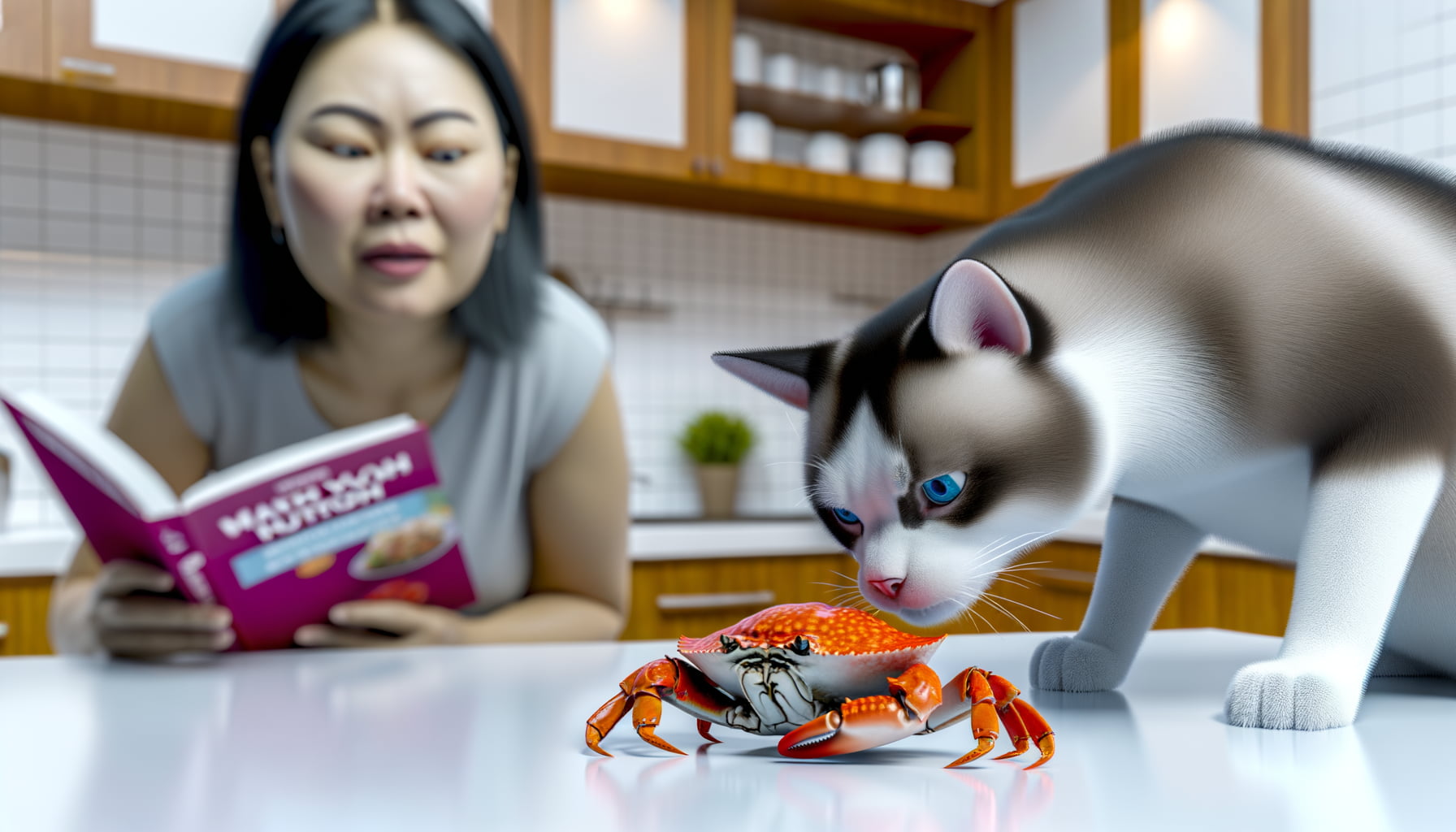
Within the discussion of feline diet, one topic that often surfaces is the consumption of seafood, specifically crab. While many moggy owners may be curious about feeding crab to their cats, it is essential to weigh the health benefits and risks associated with this crustacean delicacy. Crabs are packed with protein, an essential nutrient for cats, offering them the necessary fuel for a healthy and active life. Moreover, they are an excellent source of omega-3 fatty acids, vital for maintaining a glossy coat and promoting joint health.
Conversely, crab also presents certain risks. Most notably, its high sodium content can pose a threat to cats, whose kidneys, unlike humans’, are incapable of processing excessive salt. Overconsumption can lead to severe health conditions such as kidney damage or hypertension. Any ingestion of crab should be moderated to keep the salt intake within safe limits.
Additionally, crab shells pose a choking hazard and can cause digestive tract damage. If you decide to treat your cat to crab, ensure that it’s thoroughly cooked, free of seasoning, and stripped of any hard shell or fragments. The bottom line is, crab can be safe if given as an occasional treat and prepared correctly, but it shouldn’t form a staple part of your cat’s diet.
Understanding a Cat’s Dietary Requirements
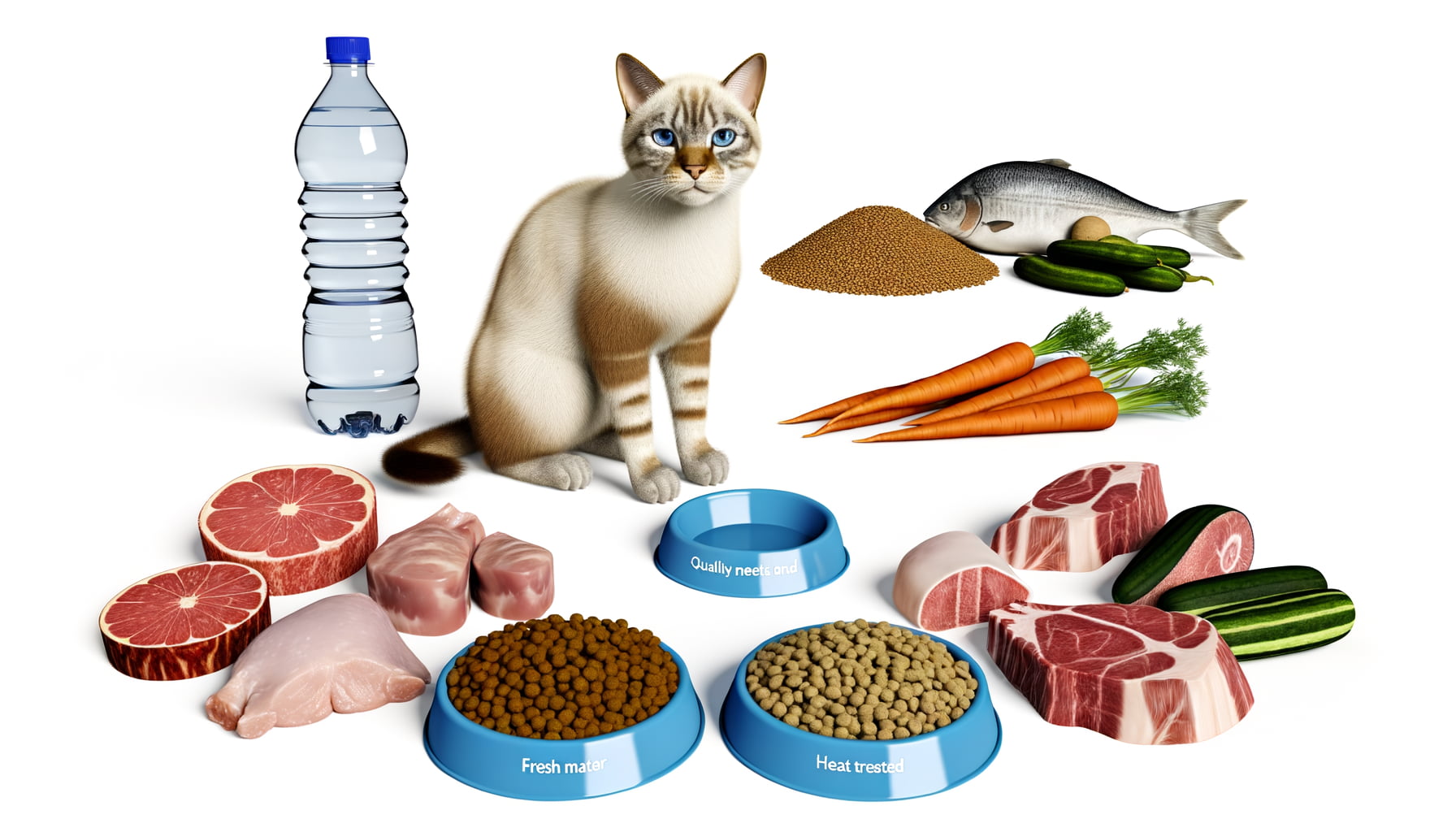
Cats, as obligate carnivores, have dietary requirements distinct from omnivorous pets like dogs. Their digestive systems are engineered for meat consumption; they require nutrient-dense and protein-rich meals. Essential amino acids such as taurine, arachidonic acid, and vitamins like A and B12, which are typically found in meat, are paramount for a cat’s wellbeing and health.
Despite their gourmet proclivities, some conventional human foods can be detrimental to cats. For instance, cats lack the necessary enzymes to digest carbohydrates efficiently. Therefore, diets high in carbs can lead to obesity and related health issues. Likewise, it’s important to consider the sodium and preservative content in human food – an element often overlooked – as high levels can be harmful to cats.
Though our feline friends may show a great interest in a variety of human foods, deciphering what is nutritionally beneficial and what may pose a threat to their health is crucial. Equipping ourselves with the specific nutritional needs and dietary restrictions of cats can ensure a safer dining experience for our four-legged companions.
Alternatives to Crab in a Cat’s Diet
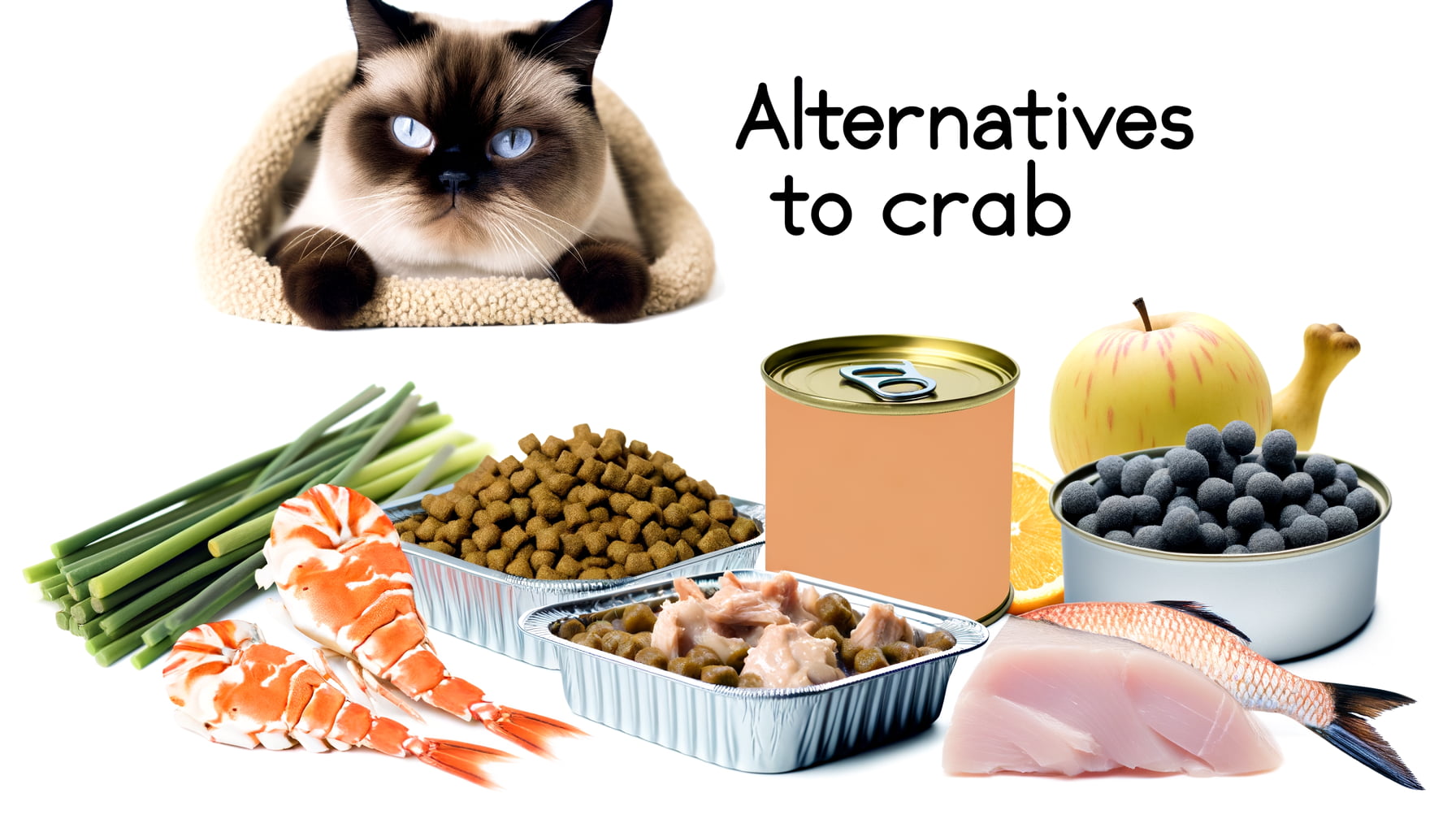
Exploring alternatives to crab in a cat’s diet can enhance your feline friend’s nutritional profile and sidestep potential risks associated with seafood. The primary goal is to ensure the replacement provides a similar nutritional profile, rich in protein and Omega-3 fatty acids.
Chicken and Turkey are readily available and safe options for cats, boasting high protein content similar to crab. They are both easy for cats to digest, and their mild flavor is usually well-accepted. Sardines offer a seafood alternative that is less likely to contain harmful substances. They are rich in beneficial Omega-3 fatty acids, similar to crab. However, they should be fed in moderation due to their high salt content.
Switching to a high-quality commercial cat food specially formulated to provide all the necessary nutrients can offer peace of mind for pet owners. They often contain a mix of proteins, including various fish or poultry, meeting the dietary needs of cats while mitigating the risks associated with raw or improperly cooked seafood. Remember, any significant changes to your cat’s diet should be done gradually and under a vet’s supervision to avoid digestive issues.
Precautions to Take when Feeding Crab to Cats
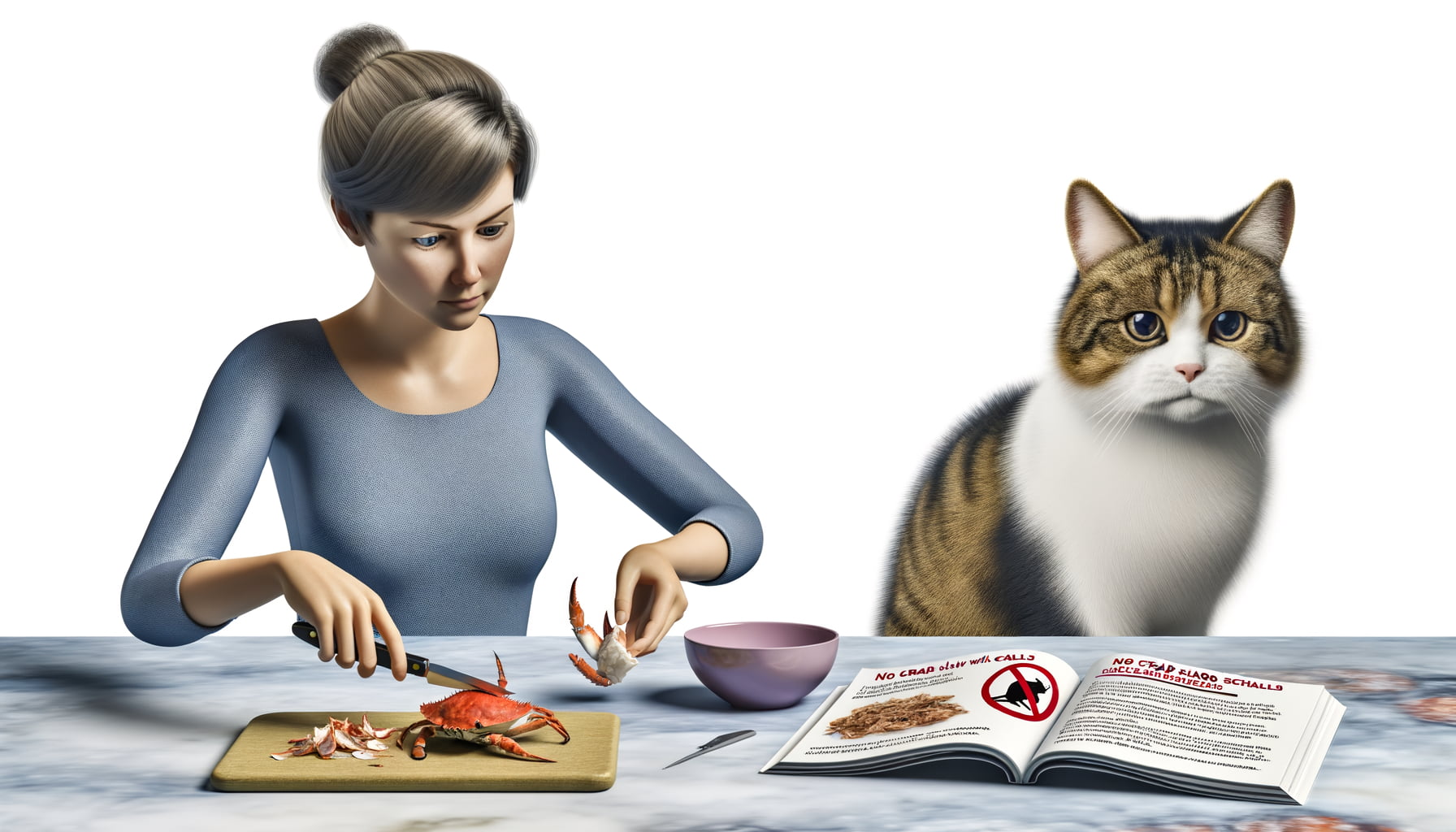
Feeding your feline companion crab can be subject to certain precautions. While crab provides a rich source of protein, be aware that it should be cooked thoroughly before serving to prevent the risk of parasite transmission. Undercooked crab can harbor parasites potentially harmful to cats.
Avoid giving your cat crab seasoned with spices or salt. These flavorful elements pleasing to the human palate can be disruptive, or even harmful, to the cat’s digestive system. Additionally, small, sharp pieces of crab shell can pose a choking hazard or cause damage to the cat’s mouth and digestive tract. Hence, it’s important to serve crab meat that is de-shelled and unseasoned.
While crab can be a fun treat in moderation, it should not supplant a complete, balanced feline diet. The cat’s primary nutrition must come from premium cat food that offers a comprehensive blend of essential nutrients. Bear in mind, feeding crab to your cat can be safe when the appropriate precautions are taken, but it should never become a staple element in their diet.
Conclusion
While cats may enjoy the taste of crab, it is important to remember that not all human foods are safe for feline consumption. The potential risks of feeding your cat crustaceans make it best to stick to a diet designed specifically for their nutritional needs.
Always consult with your veterinarian before introducing any new foods to your cat’s diet to ensure their safety and well-being. While the idea of sharing your seafood dish with your furry friend may seem tempting, it is best to prioritize their health and stick to cat-friendly treats instead.

